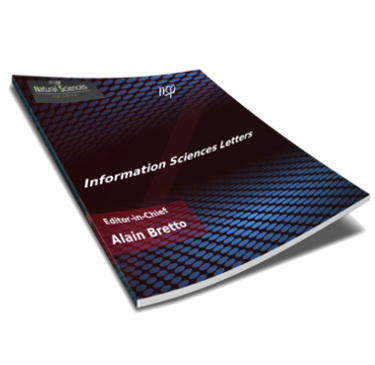
Information Sciences Letters
Abstract
Without proper analysis and forecasting, industries will find themselves repeatedly churning customers, which the telecom industry in particular cannot afford. A predictable model for customers will allow companies to retain current customers and to obtain new ones. Deep-BP-ANN implemented in this study using two feature selection methods, Variance Thresholding and Lasso Regression, in addition, our model strengthened by early stopping technique to stop training at right time and prevent overfitting. We compared the efficiency of minimizing overfitting between dropout and activity regularization strategies for two real datasets: IBM Telco and Cell2cell. Different evaluation approaches used: Holdout, and 10-fold cross-validation to evaluate the model’s efficiency. To solve unbalanced issue, the Random Oversampling technique was used to balance both datasets. The results show that the model implemented performs well with lasso regression for feature selection, early stopping technique to pick the epochs, and large numbers of neurons (250) into the input and hidden layers, and activity regularization to minimize overfitting for both datasets. In predicting customer churn, our findings outperform ML techniques: XG_Boost, Logistic_Regression, Naïve_Bayes, and KNN. Moreover, our Deep-BP-ANN model’s accuracy outperforms the existing deep learning techniques that use holdout or 10- fold CV for the same datasets.
Recommended Citation
Wael Fujo, Samah; Subramanian, Suresh; and Ahmad Khder, Moaiad
(2022)
"Customer Churn Prediction in Telecommunication Industry Using Deep Learning,"
Information Sciences Letters: Vol. 11
:
Iss.
1
, PP -.
Available at:
https://digitalcommons.aaru.edu.jo/isl/vol11/iss1/24

